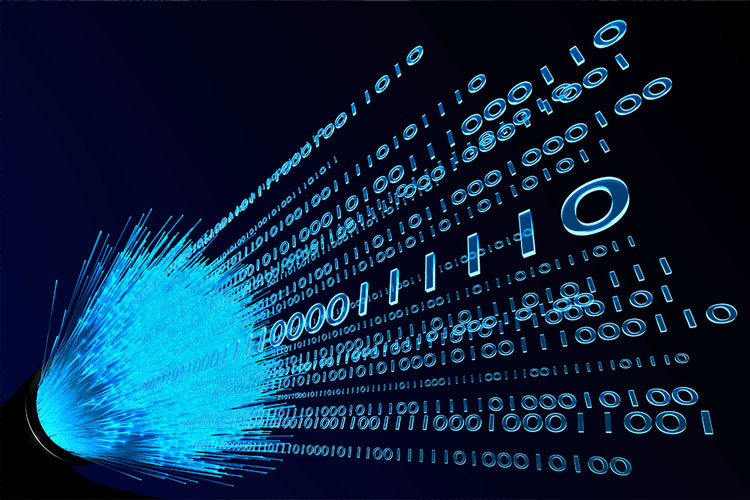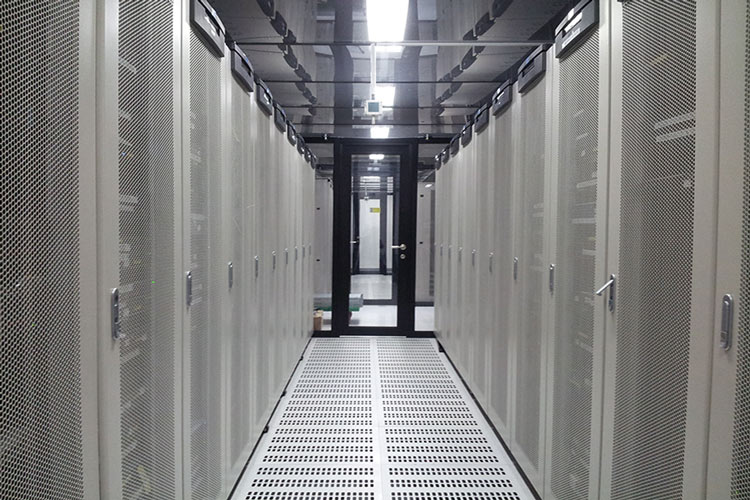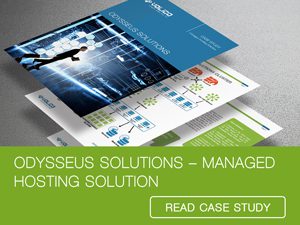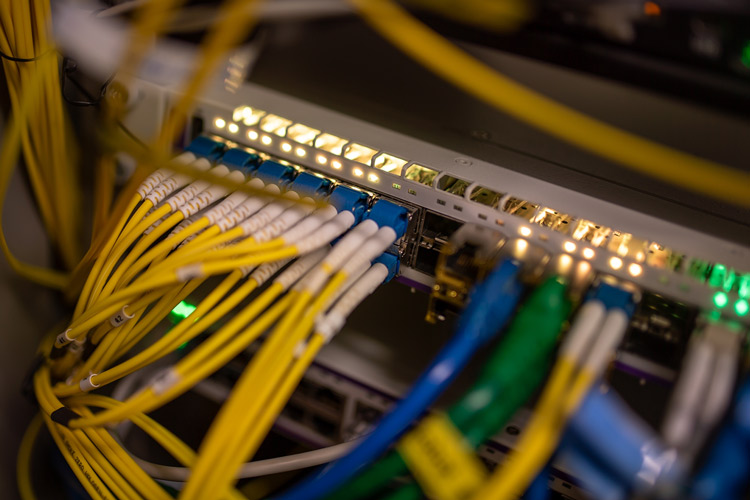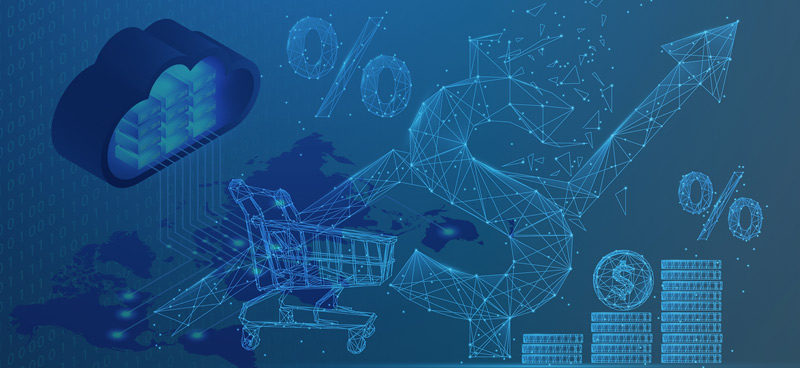Talk about “the cloud” and cloud computing has been at the forefront of every IT discussion for the past five years. Many individuals and companies have moved to securing data and applications in the cloud. The next leap phase enhances the utility of cloud-based computing services at a holistic level. On the path towards functional artificial intelligence, cognizant computing works as a personal assistant to aid in everyday tasks, for every user.
Defining Cognizant Computing
Cognizant is a synonym for awareness. It is important to be clear that, while cognizant computing does use algorithms to anticipate users needs, these processes never approach actual consciousness on an individual level. But with a user’s entire browsing history, purchase record, financial information, and application data being hosted on the cloud, it is becoming more and more feasible for predictive technologies to anticipate user’s needs and—when given permissions—fulfill them autonomously. This creates not only a more satisfied client but also a more personalized experience in every interaction.
Cognizant computing goes beyond individual users and “…refers to a series of apps and technologies that are capable of performing tasks, making decisions, and solving problems on your behalf, so you can focus more on your mental and physical energy on more important things, according to Gartner, the research firm that originated the term. On an operational level, resource management, staffing, and even task prioritization can be managed via cognizant computing. The critical improvement in cognizant computing from previous predictive or anticipatory algorithmic-based systems is the contextual insight, taking each piece of tracked data about a user or company and getting a broad picture of specific needs.
The Four Stages of Cognizant Computing
Cognizant computing has been defined as moving up an increasingly more intimate ladder.
- The first stage is Sync Me. This refers to a user’s having all their personal information on cloud-based systems so that it can all be accessed from one centralized, yet secure, point.
- The second stage is See Me. This stage is about tracking the user’s movements, and ripples across both the Internet and the real world, to learn his or her habits and add locational metadata.
- The third phase is Know Me, which focuses on providing contextually relevant suggestions and assistance.
- The fourth and final phase is Be Me, where “apps and services are able to act on behalf of the consumer.” This fourth stage is the ultimate goal of cognizant computing.
Interacting with the Internet of things
Despite a shaky start, the Internet of things has shown steady growth. Internet of things or IoT refers to Internet-enabled objects–usually appliances and items already owned by most people. One of the most popular IoT purchases in the US is a wireless home energy monitor. These devices, offered by a variety of brands, monitor home environmental conditions and make adjustments based on the owner’s detailed settings—the Sync Me stage. What cognizant computing can do, when combined with IoT or, in this case, a wireless home energy monitor, is coordinate the home’s thermostat settings based directly on the owner’s cloud-based daily agenda (Know Me) and interactions with an IoT vehicle (the See Me stage)—without the direct input of the owner, thus fulfilling the Be Me stage.
Ready to See How Volico Data Center Can Help You?
To find out more about how cloud-based computing services from Volico can improve your website, applications, IT services, and server setup, have one of our friendly experts contact you to begin the conversation.
Discover how Volico can help you with your Cloud Hosting needs.
• Call: 888 865 4261
• Chat with a member of our team to discuss which solution best fits your needs.


